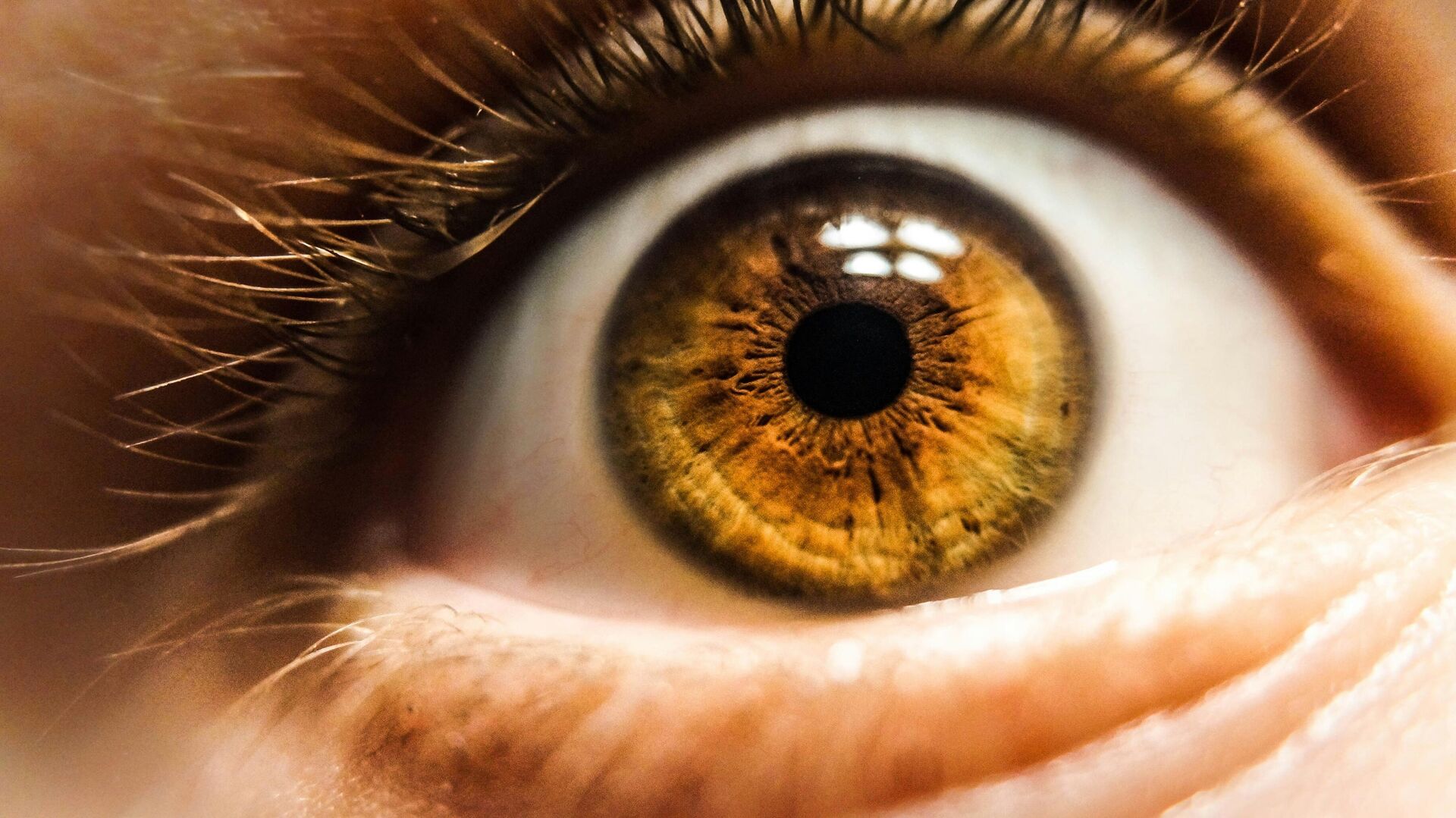
Washington - (Saba):
Accurate diagnosis of ADHD is crucial to clarifying the picture and providing appropriate support to those who need it.
However, current diagnostic methods are time-consuming and vary in accuracy. A new study suggests that artificial intelligence may help in this regard.
Researchers in South Korea trained machine learning models to link the characteristics of posterior fundus images to a professional diagnosis of ADHD.
Of the four machine learning models tested in the study, the best achieved a 96.9% accurate prediction rate for ADHD, based on image analysis alone.
According to Science Alert, the team found that increased blood vessel density, shape, and width, as well as certain changes in the optic disc of the eye, were key signs of the condition.
The researchers, led by a team from Yonsei University College of Medicine, wrote in their published paper, "Our analysis of retinal fundus images demonstrated potential as a non-invasive biomarker for screening for ADHD and classifying executive function deficits in the visual attention domain."
The approach was tested on 323 children and adolescents diagnosed with ADHD and 323 undiagnosed children, who were matched by age and sex to the first group.
The researchers found that the AI system scored highly on several measures of ADHD prediction and also performed well at detecting some of the disorder's characteristics, including poor visual selective attention.
"It is noteworthy that previous high-accuracy models have typically relied on a variety of variables, each of which contributes progressively to differentiating between individuals," the researchers wrote.
The average age of participants in this study was 9.5 years, and we know that adult ADHD can present very differently.
People with autism spectrum disorder were excluded from the main part of this study, but further tests showed that the AI was not adept at distinguishing between autism and ADHD.
Recent estimates indicate that approximately one in 20 people has ADHD, which can include difficulties with attention, impulsivity, and hyperactivity.
This means that for a large number of individuals, a faster and more accurate diagnosis could make a significant difference.
"Early screening and timely intervention could improve social, family, and academic functioning in individuals with ADHD," the researchers wrote.